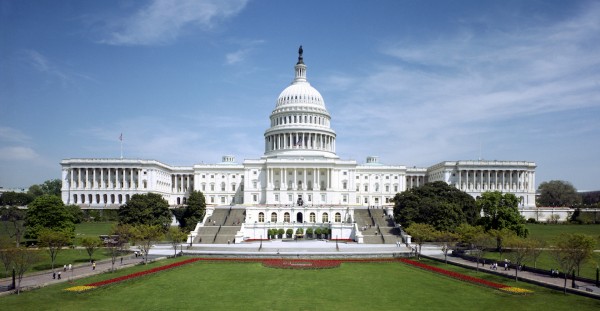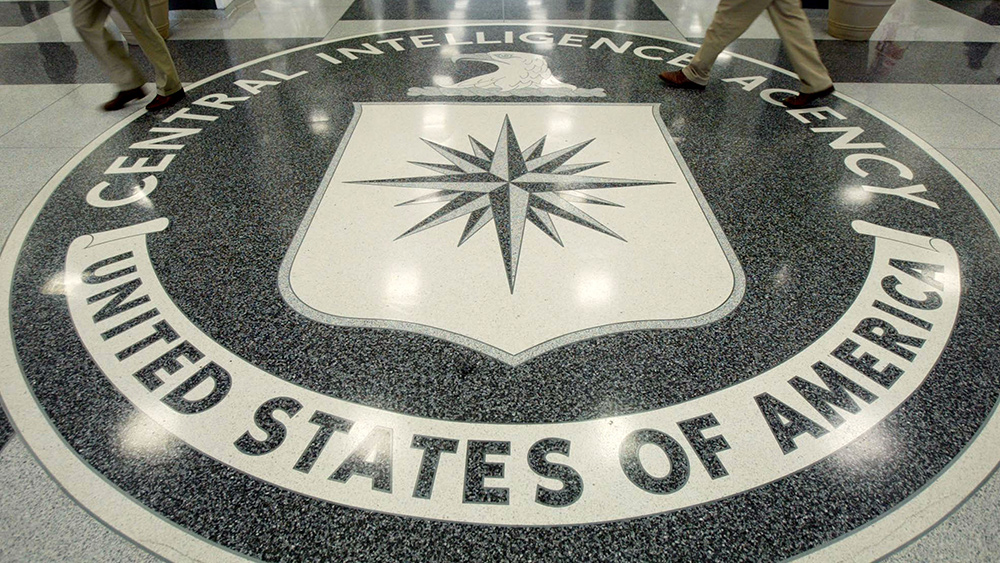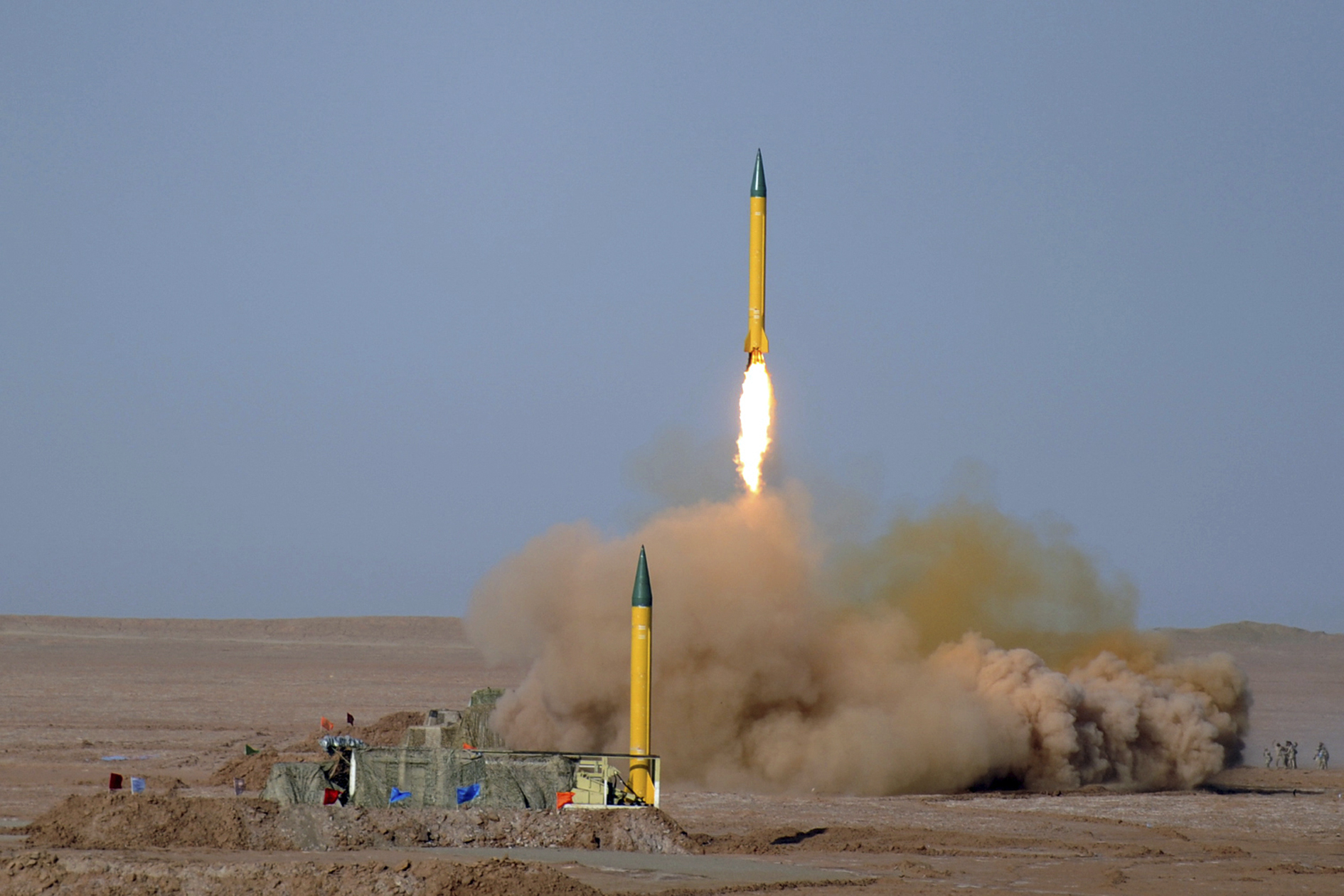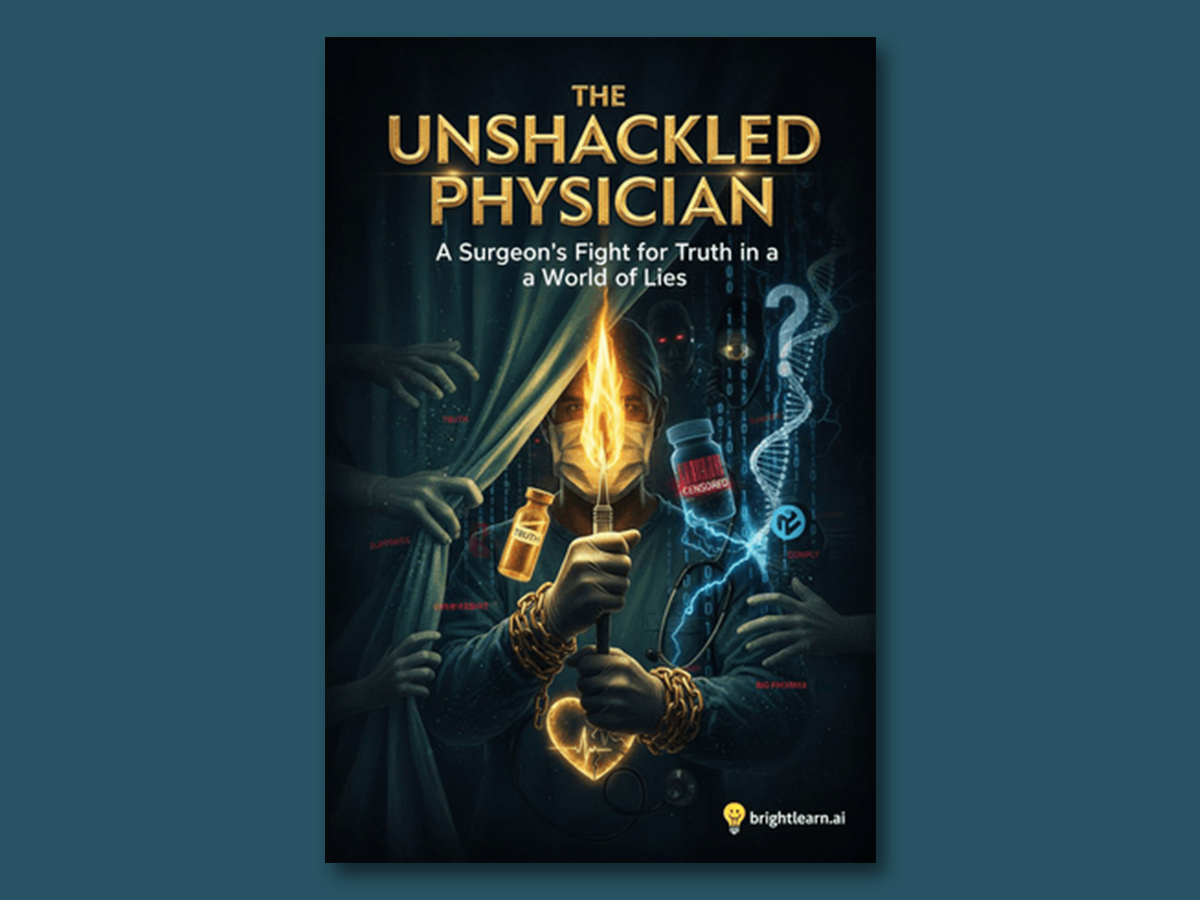Top colleges and universities have policies that could be used to improperly censor students for constitutionally protected speech
By newseditors // 2024-02-06
Tweet
Share
Copy
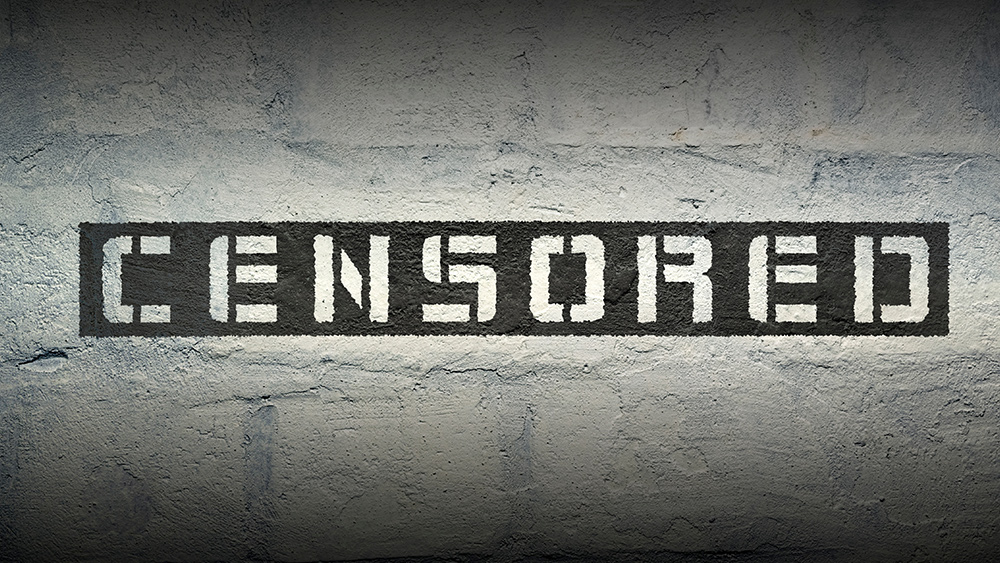
The Foundation for Individual Rights and Expression (FIRE) has voiced concerns about censorship, as their recent investigative report revealed that approximately 85% of prestigious US institutions impose speech restrictions.
(Article by Ben Squires republished from ReclaimTheNet.org)
This rise signals a worrisome trend in the aftermath of progress spanning over a decade during which the frequency of stern speech regulations in colleges and universities was on the decline. However, these regulations are now gaining prominence for the second consecutive year.
Laura Beltz, FIRE’s director of policy reform, emphasized the problem, stating that free speech at higher educational establishments continues to deteriorate. She expressed concern over the predominant colleges and universities, who are increasingly exerting controls and employing highly controversial policies to regulate their students’ freedom of speech.
The findings of the FIRE’s 2024 Spotlight on Speech Codes report, which evaluates 489 of the United States’ reputed colleges and universities, outlined how academic regulations might act as a weapon against students and stifle their constitutional privilege of free speech. The information purports that most private institutions, constituting almost 95%, claim to safeguard free speech; a pledge they are morally and contractually bound to keep.
However, these private schools tend to fall significantly short as compared to their public counterparts, holding more restrictive policies in place. For instance, about 36.3% of private schools scored a “red light” rating, indicating explicit and considerable limits on free speech, in comparison to only 15.2% of public schools. Negligible countenance is shown by private institutions in terms of fostering venues for open discourse, with a meager 5.3% of them gaining a “green light” rating for the lack of seriously threatening speech policies.
FIRE’s study also discloses that even policies that may seem harmless can turn into tools against students when generalized or ambiguously framed. Harassment policies at certain educational institutions, for example, ascend beyond the legal meaning and offer authorities a way to target protected speech. Incidents in the recent past testify to this misuse where students criticizing a Supreme Court ruling on abortion were investigated for harassment. Another case saw an accusation of cyberbullying against a student who used a Donald Trump Zoom background.
From FIRE:
Most campuses have some form of a “bias incident” reporting system: a mechanism for reporting speech or conduct motivated by bias toward a particular characteristic. While some of these policies exist only to support those impacted by such incidents, most impose vague consequences on those who engage in what is often constitutionally protected expression. For example, Bates College states that examples of bias incidents include “hate speech,” “sexist jokes,” and “disparaging remarks on social media sites.” The college explicitly “reserves the right to address bias incidents that do not rise to the level of a policy violation” through actions such as “education and training,” “remedial and supportive actions,” and “other Informal Resolution mechanisms.”Read more at: ReclaimTheNet.org
Tweet
Share
Copy
Tagged Under:
fascism free speech First Amendment censorship education system freedom tyranny conspiracy intolerance thought police universities public education biased suppressed campus insanity speech police colleges liberty Foundation for Individual Rights and Expression
You Might Also Like
Military whistleblowers claim UFO successfully disabled American nuclear warhead during routine test
By Richard Brown // Share
Republicans should ally with the American people – not Washington Democrats
By News Editors // Share
Recent News
Iran conducts surprise missile drills amid rising tensions with Israel
By kevinhughes // Share
Kremlin denies reports of plans to "restore Soviet influence"
By bellecarter // Share
How AI news bots are quietly reshaping public opinion
By avagrace // Share
The Unshackled Physician: A surgeon's awakening to medical tyranny
By ramontomeydw // Share



